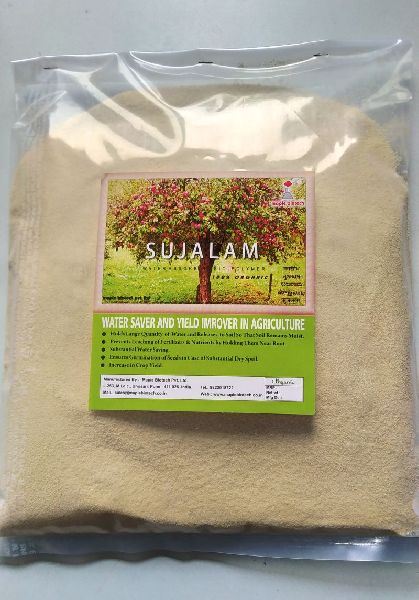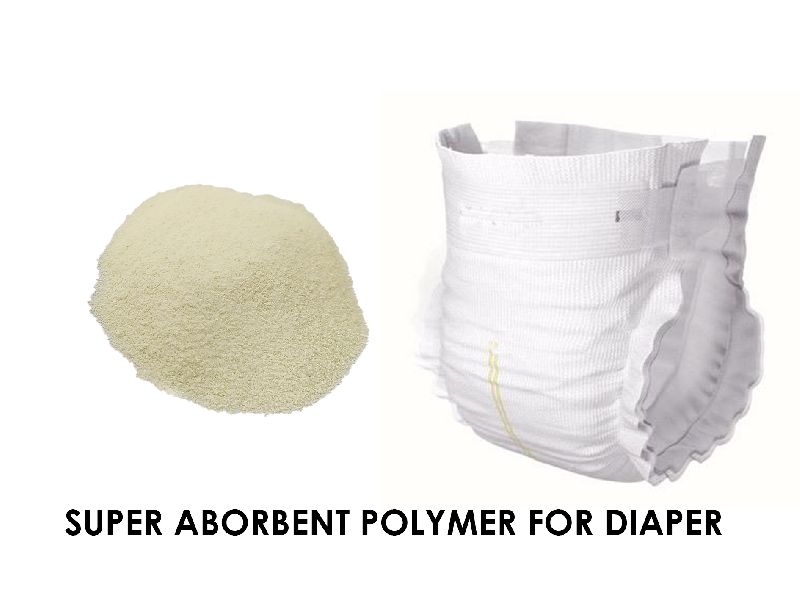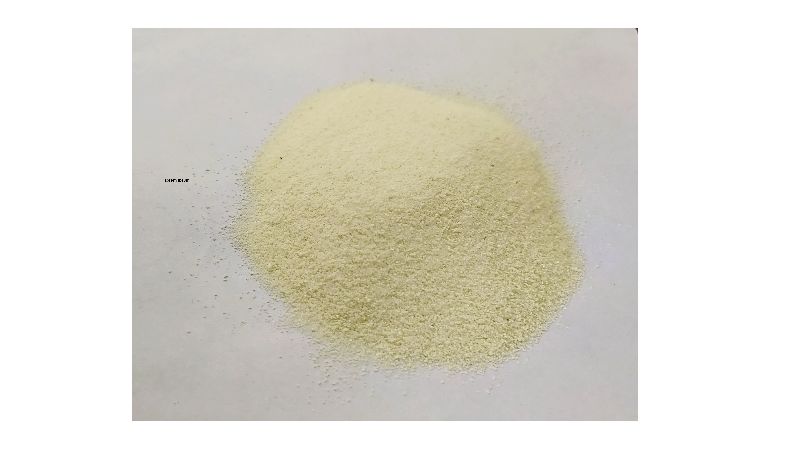Bhosari, Pune, Maharashtra - GST No. 27AABCM2594B1ZO
- Send SMS
- Send Email
Super Absorbent Polymer
Leading Manufacturers, Exporters, Wholesaler and Retailer of Super Absorbent Polymer For Agriculture, Super Absorbent Polymer for Diapers and Super Absorbent Polymer For Sanitary Napkin from Pune.
| Business Type | Manufacturer, Supplier, Retailer |
| Download | |
| Purity | 99% |
| Usage | Industrial |
| Absorption | In high amount |
| Product Type | Super Absorbent Polyme |
| Form | Powder |
| Packaging Type | As per client requirement |
| Brand | Sujalam |
Water insoluble hydrogels with loosely crosslinked three dimensional network structure, absorbing more than 200g of water per gram of the xerogel (dry polymer).The majority of the superabsorbents manufactured are synthetic polymers (essentially acrylics) due to their superior price‐to efficiency balance. In view of environment concerns, all over the world the importance of replacing the synthetics by “greener” options is being felt. One of most popular approaches explored for the purpose is introduction of polysaccharides/ carbohydrates through a suitable mechanism.
ENVIRONMENTAL SAFETY ASPECTS:
Major issue : Inherent toxicity of the unreacted monomer acrylamide, acrylic acid, acrylate etc. present in the finished products.
Synthetic absorbent materials slowly degrade to toxic material and get leached into ground water and have adverse effect on soil microbial population.
Worldwide research has shown natural polymer based absorbent material have no consistent adverse effect on soil microbial populations.
Desirable characteristics for applications in agriculture
- 1. high absorption capacity in saline and hard water conditions optimized absorbency under load (AUL)
- 2. lowest soluble content and residual monomer low price high durability and stability in the swelling environment and during storage gradual
- 3. biodegradability without formation of toxic species
- 4. pH‐neutrality after swelling in water photostability
- 5. Re‐wetting capability
Unlike Superabsorbent polymers of synthetic type absorbents based on natural polymer have capability to release water whenever required by plant.
SALIENT FEATURES
- Natural polymer backbone based
- Exhibits maximum absorbency @ temperatures (40- 500C) characteristic of semi-arid and arid soils
- Absorbs water 400 times its dry weight and gradually releases the same
- Stable in soil for a minimum period of one year
- Less affected by salts
- Low rates of soil application – 1-2 kg / ha for nursery horticultural
- crops; 2.5-5 kg/ ha for field crops
SALIENT FEATURES
- Reduces leaching of herbicides and fertilizers
- Improves physical properties of soils and soilless media
- Improves seed germination and seedling emergence rate
- improves root growth and density
- Helps plants withstand prolonged moisture stress
- Reduces nursery establishment period
- Reduces irrigation and fertigation requirements of crops
- Promotes early and dense flowering and fruiting/ tillering.
- Delays onset of permanent wilting point
| Business Type | Manufacturer, Supplier, Retailer |
| Download | |
| Usage | Industrial |
| Absorption | In high amount |
| Form | Powder |
| Packaging Type | As per client requirement |
| Grade Standard | Technical Grade |
| Place of Origin | India |
| Business Type | Manufacturer, Supplier, Distributor |
| Download | |
| Usage | Industrial |
| Absorption | In high amount |
| Form | Powder |
| Packaging Type | As per client requirement |
| Grade Standard | Technical Grade |
| Color | White |



